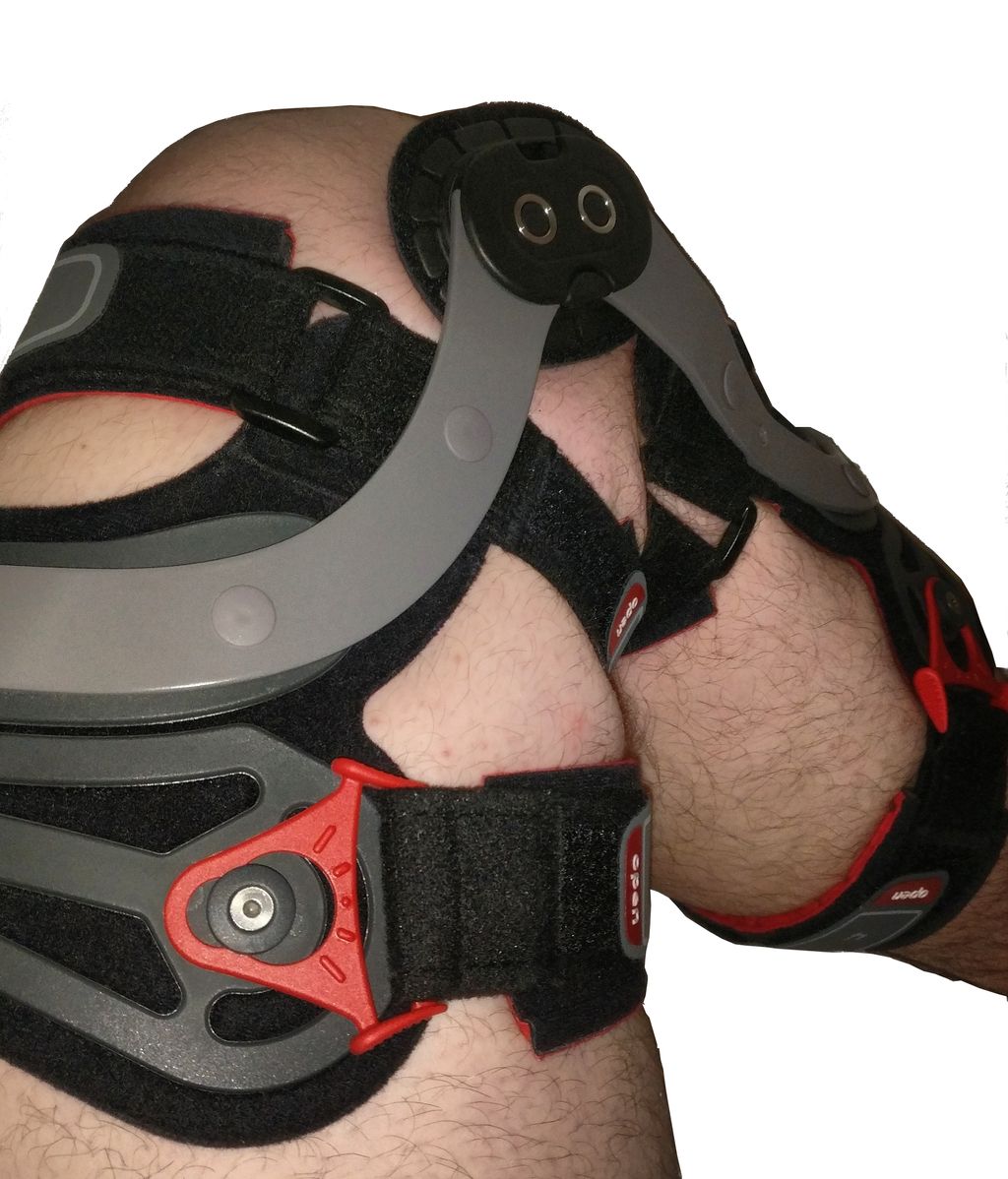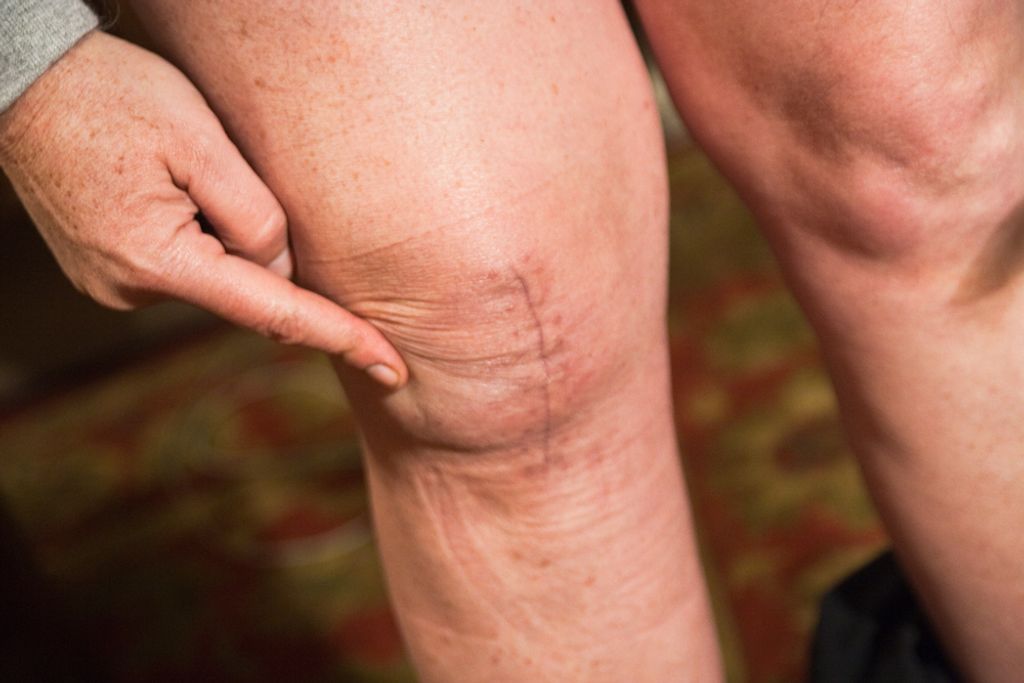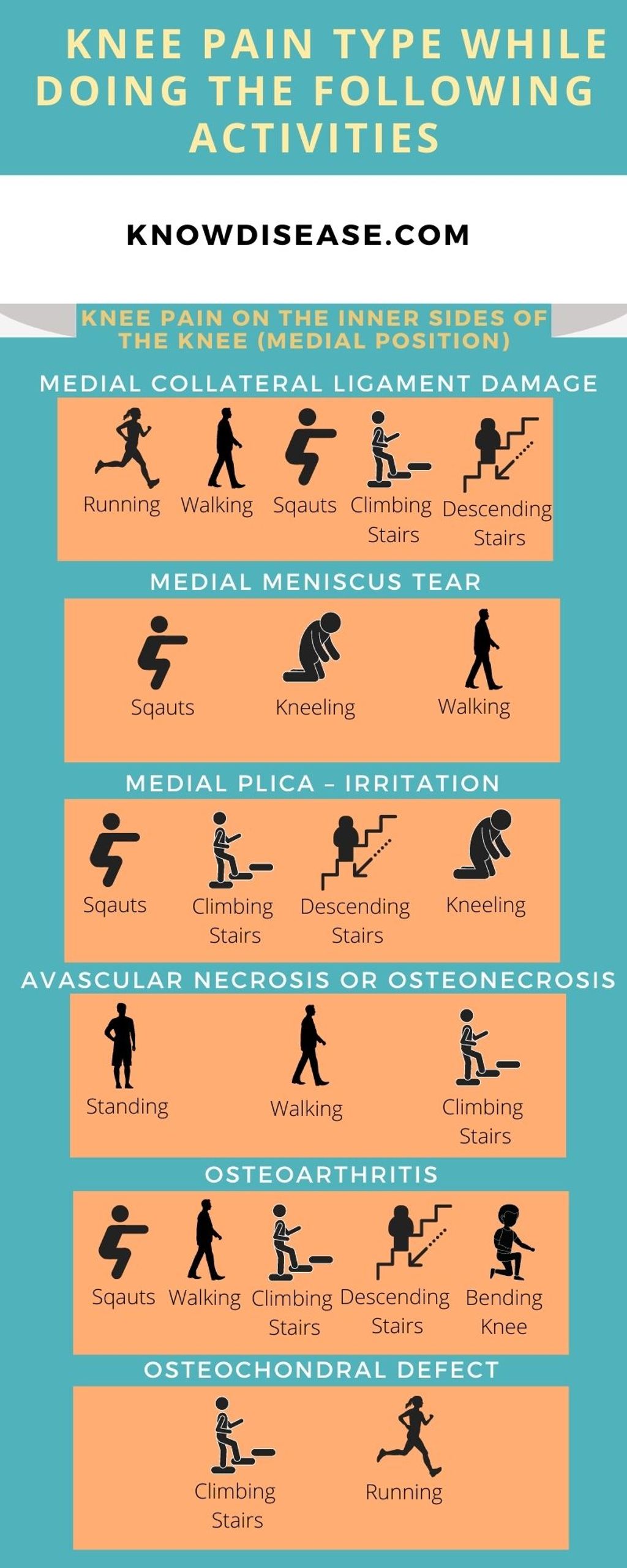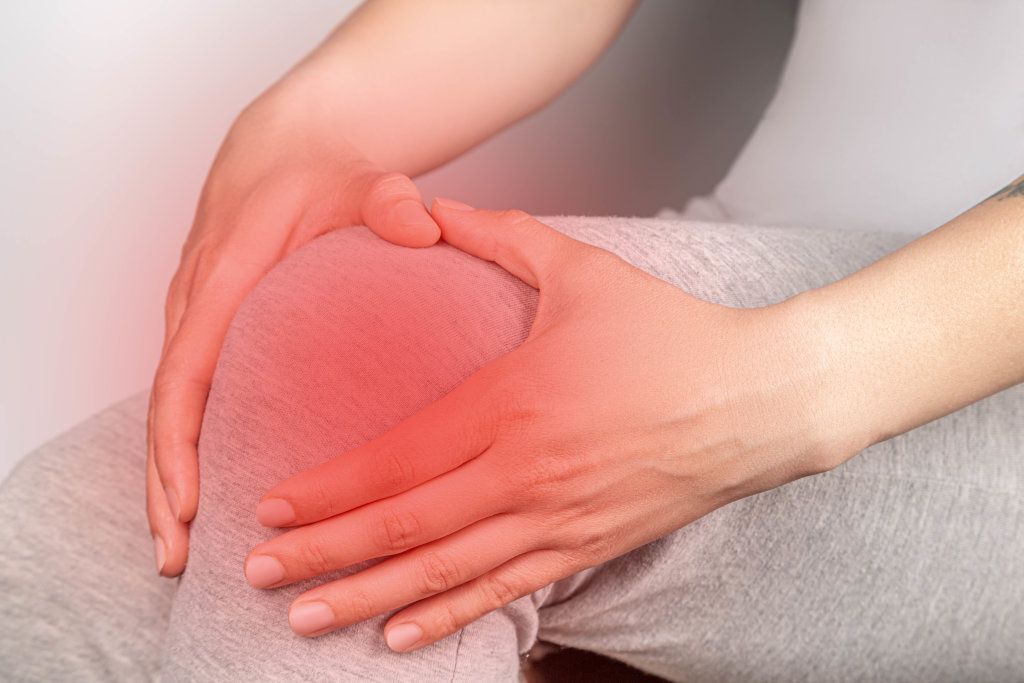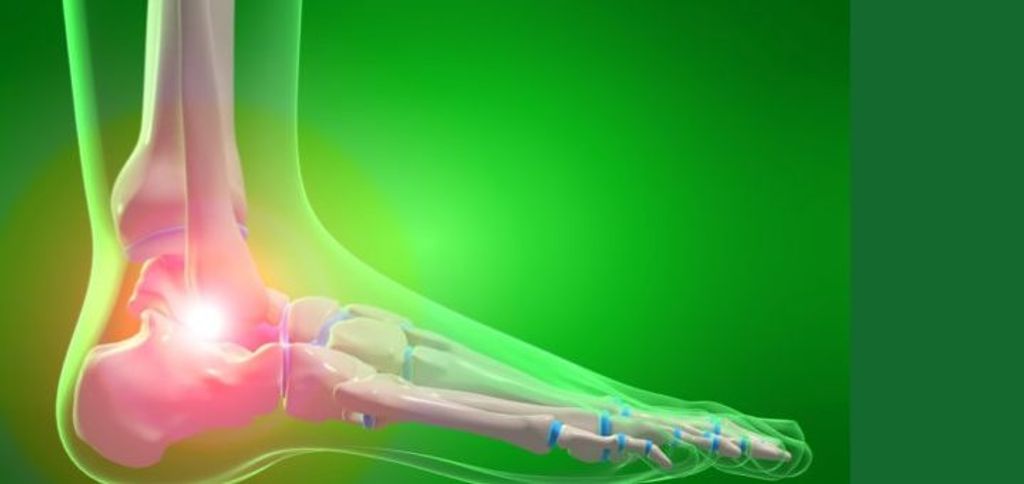Knee pain and stiffness can greatly impact daily activities and quality of life. Whether caused by injury, arthritis, or other factors, finding relief is essential for maintaining mobility and overall well-being. This article explores the common causes and symptoms of knee pain and stiffness, as well as methods for prevention, management, and alternative treatments. By understanding the underlying factors and implementing appropriate strategies, individuals can take control of their knee health and find relief from pain and stiffness.
Key Takeaways
- Maintaining a healthy weight can reduce stress on the knees and prevent pain and stiffness.
- Strengthening the muscles around the knee through targeted exercises can provide support and stability.
- Avoiding high-impact activities, such as running or jumping, can help protect the knees from further damage.
- Using hot and cold therapy, such as ice packs and warm compresses, can help alleviate pain and reduce inflammation.
- Over-the-counter pain medication, such as nonsteroidal anti-inflammatory drugs (NSAIDs), can provide temporary relief from knee pain and stiffness.
Understanding Knee Pain and Stiffness
Common Causes of Knee Pain
Knee pain can be caused by a variety of factors, including injury, overuse, and arthritis. Injuries such as sprains, strains, and tears in the ligaments or tendons surrounding the knee can lead to pain and discomfort. Overuse of the knee joint, often seen in athletes or individuals who engage in repetitive activities, can also contribute to knee pain. Additionally, arthritis, which is the inflammation of the joints, can cause knee pain and stiffness.
It is important to note that knee pain can also be a symptom of underlying medical conditions such as bursitis, tendinitis, or meniscus tears. If you are experiencing persistent knee pain, it is recommended to consult with a healthcare professional for an accurate diagnosis and appropriate treatment.
To better understand the common causes of knee pain, refer to the table below:
| Cause | Description |
|---|---|
| Injury | Includes sprains, strains, and tears in the ligaments or tendons surrounding the knee |
| Overuse | Often seen in athletes or individuals who engage in repetitive activities |
| Arthritis | Inflammation of the joints |
Tip: If you are experiencing persistent knee pain, it is important to rest, apply ice, and elevate the affected leg to reduce swelling and alleviate discomfort.
Symptoms of Knee Pain and Stiffness
Knee pain and stiffness can manifest in various ways, making it important to recognize the key symptoms. Some common symptoms include:
- Swelling: Swelling around the knee joint is a common symptom of knee pain and stiffness. It may be accompanied by redness and warmth.
- Limited Range of Motion: If you find it difficult to fully extend or flex your knee, it could be a sign of knee pain and stiffness.
- Pain: Pain in the knee can range from mild discomfort to sharp, intense pain. It may worsen with movement or weight-bearing activities.
It is important to pay attention to these symptoms as they can indicate underlying issues with the knee joint. If you experience any of these symptoms, it is recommended to consult a healthcare professional for a proper diagnosis and treatment plan.
Diagnosing Knee Pain and Stiffness
When diagnosing knee pain and stiffness, healthcare professionals will typically start with a thorough medical history and physical examination. They will ask about the onset and duration of symptoms, any previous injuries or surgeries, and any activities that may have contributed to the pain and stiffness. The physical examination may involve assessing the range of motion, strength, and stability of the knee joint.
In some cases, imaging tests such as X-rays, MRI, or CT scans may be ordered to get a better view of the knee structures and identify any abnormalities or damage. These tests can help diagnose conditions like osteoarthritis, ligament tears, or meniscus injuries.
Additionally, healthcare professionals may recommend laboratory tests to rule out underlying medical conditions that could be causing the knee pain and stiffness. Blood tests can help detect markers of inflammation or infection, while joint fluid analysis can provide information about the presence of certain conditions like gout or infection.
It is important to consult with a healthcare professional for an accurate diagnosis and appropriate treatment plan for knee pain and stiffness.
Preventing Knee Pain and Stiffness
Maintaining a Healthy Weight
Maintaining a healthy weight is crucial for reducing stress on the knees and preventing knee pain and stiffness. Excess weight puts additional pressure on the knee joints, leading to increased wear and tear. Losing even a small amount of weight can make a significant difference in reducing knee pain.
To achieve and maintain a healthy weight, consider the following:
Eating a balanced diet: Focus on consuming a variety of nutrient-rich foods, including fruits, vegetables, whole grains, lean proteins, and healthy fats. Limit the intake of processed foods, sugary snacks, and beverages.
Portion control: Be mindful of portion sizes and avoid overeating. Use smaller plates and bowls to help control portion sizes.
Regular physical activity: Engage in regular exercise to burn calories and maintain muscle strength. Choose low-impact activities like walking, swimming, or cycling to minimize stress on the knees.
Seeking professional guidance: Consult with a healthcare professional or a registered dietitian for personalized advice and guidance on weight management.
By maintaining a healthy weight, you can reduce the risk of knee pain and stiffness, allowing for better overall joint health and mobility.
Strengthening the Muscles around the Knee
Strengthening the muscles around the knee is crucial for supporting the joint and reducing knee pain and stiffness. Regular exercise that targets the quadriceps, hamstrings, and calf muscles can help improve knee stability and function.
One effective exercise for strengthening the quadriceps is the leg extension. This exercise involves sitting on a chair with your feet flat on the floor and extending one leg straight out in front of you. Hold for a few seconds and then lower the leg back down. Repeat this exercise for both legs.
Another exercise that targets the hamstrings is the hamstring curl. This can be done using a resistance band or a machine at the gym. Stand with your feet shoulder-width apart and loop the resistance band around your ankles. Bend your knees slightly and lift one foot off the ground, bringing your heel towards your buttocks. Slowly lower your foot back down and repeat on the other side.
In addition to these exercises, it is important to incorporate stretching into your routine to maintain flexibility and prevent muscle imbalances. Stretching the quadriceps, hamstrings, and calf muscles can help improve range of motion and reduce the risk of injury.
Remember to start slowly and gradually increase the intensity and duration of your exercises. If you experience any pain or discomfort, it is important to consult with a healthcare professional.
Avoiding High-Impact Activities
When experiencing knee pain and stiffness, it is important to avoid high-impact activities that can put excessive strain on the knees. High-impact activities include running, jumping, and activities that involve sudden stops or changes in direction. These activities can worsen knee pain and potentially lead to further damage. Instead, consider engaging in low-impact exercises such as swimming, cycling, or using an elliptical machine. These exercises provide cardiovascular benefits without placing excessive stress on the knees.
Additionally, it is recommended to modify your daily activities to reduce the strain on your knees. This may involve using proper body mechanics when lifting heavy objects, taking breaks during prolonged periods of standing or walking, and using supportive footwear. By making these adjustments, you can help alleviate knee pain and stiffness and prevent further discomfort.
Remember, it is always advisable to consult with a healthcare professional before starting any new exercise regimen or making significant changes to your daily activities.
Managing Knee Pain and Stiffness
Using Hot and Cold Therapy
Hot and cold therapy is a common method used to relieve knee pain and reduce stiffness. Applying heat to the affected area can help increase blood flow and relax muscles, while applying cold can help reduce inflammation and numb pain. It is important to note that hot and cold therapy should be used carefully and according to the instructions to avoid burns or frostbite.
Here are some tips for using hot and cold therapy:
Heat therapy: You can use a heating pad, a warm towel, or take a warm bath to apply heat to the knee. Make sure the temperature is comfortable and not too hot. Apply the heat for about 15-20 minutes at a time.
Cold therapy: You can use a cold pack, a bag of frozen vegetables, or wrap ice cubes in a towel to apply cold to the knee. Place a cloth between the cold pack and your skin to avoid direct contact. Apply the cold for about 10-15 minutes at a time.
Remember to always consult with a healthcare professional before starting any new treatment.
Taking Over-the-Counter Pain Medication
When it comes to managing knee pain and stiffness, over-the-counter pain medication can be a helpful option. These medications, such as ibuprofen or acetaminophen, can provide temporary relief from pain and reduce inflammation. It’s important to follow the recommended dosage and consult with a healthcare professional if you have any underlying health conditions or are taking other medications.
In addition to pain relief, some over-the-counter medications also contain ingredients that can help with joint health. For example, certain supplements may include glucosamine and chondroitin, which are believed to support cartilage health and reduce joint discomfort.
While over-the-counter pain medication can be effective, it’s important to remember that it only provides temporary relief. If you’re experiencing persistent knee pain and stiffness, it’s recommended to consult with a healthcare professional for a proper diagnosis and personalized treatment plan.
Physical Therapy for Knee Pain Relief
Physical therapy is a highly effective treatment option for relieving knee pain and improving knee function. It involves a combination of exercises, stretches, and manual therapy techniques that are tailored to the individual’s specific needs. The goal of physical therapy is to strengthen the muscles around the knee, improve flexibility, and reduce pain and stiffness.
One of the key benefits of physical therapy is that it can help prevent future knee injuries. By improving muscle strength and flexibility, physical therapy can help stabilize the knee joint and reduce the risk of further damage.
In addition to exercises and stretches, physical therapists may also use other modalities such as ultrasound therapy or electrical stimulation to help reduce pain and inflammation. These modalities can provide additional pain relief and promote healing.
It is important to work with a qualified physical therapist who specializes in treating knee pain and stiffness. They can develop a personalized treatment plan that addresses your specific needs and goals.
Alternative Treatments for Knee Pain and Stiffness
Acupuncture for Knee Pain Relief
Acupuncture is a traditional Chinese medicine technique that involves inserting thin needles into specific points on the body. It has been used for centuries to relieve pain and promote overall well-being. When it comes to knee pain and stiffness, acupuncture can be an effective complementary treatment.
- Acupuncture stimulates the release of endorphins, which are natural painkillers produced by the body.
- It helps to reduce inflammation in the knee joint, which can alleviate pain and improve mobility.
- Acupuncture may also improve blood circulation to the knee, promoting healing and reducing stiffness.
Tip: It’s important to consult with a qualified acupuncturist who specializes in treating knee pain and stiffness to ensure safe and effective treatment.
Natural Supplements for Joint Health
When it comes to managing knee pain and stiffness, natural supplements can be a valuable addition to your treatment plan. Glucosamine and chondroitin are two popular supplements that have been studied for their potential benefits in promoting joint health. These supplements are believed to help reduce inflammation and improve the integrity of cartilage in the knee. While research on their effectiveness is mixed, many people find relief from knee pain and stiffness when taking these supplements.
In addition to glucosamine and chondroitin, omega-3 fatty acids are another natural supplement that may support joint health. Found in fish oil and certain types of nuts and seeds, omega-3 fatty acids have anti-inflammatory properties that can help reduce knee pain and stiffness. Incorporating foods rich in omega-3 fatty acids into your diet or taking a fish oil supplement may provide some relief.
It’s important to note that natural supplements may not work for everyone, and it’s always best to consult with a healthcare professional before starting any new supplement regimen. They can help determine if a particular supplement is appropriate for your individual needs and provide guidance on proper dosage.
Massage Therapy for Knee Pain Relief
Massage therapy is a popular alternative treatment for knee pain relief. It involves the manipulation of soft tissues in the body to improve circulation, reduce muscle tension, and promote relaxation. Research has shown that massage therapy can be effective in reducing knee pain and stiffness, as well as improving range of motion.
There are different types of massage techniques that can be used for knee pain relief, including Swedish massage, deep tissue massage, and trigger point therapy. Each technique has its own benefits and may be recommended based on the individual’s specific needs and preferences.
In addition to providing immediate pain relief, massage therapy can also have long-term benefits for knee health. Regular sessions can help improve muscle strength and flexibility, reduce inflammation, and prevent future injuries.
If you’re considering massage therapy for knee pain relief, it’s important to consult with a qualified massage therapist who has experience working with knee injuries and conditions. They can assess your specific needs and develop a personalized treatment plan to help alleviate your knee pain and stiffness.
Conclusion
In conclusion, finding relief for knee pain and stiffness is essential for maintaining a good quality of life. By following a combination of exercise, physical therapy, and lifestyle modifications, individuals can effectively manage their symptoms and improve their overall knee health. It is important to consult with a healthcare professional for a personalized treatment plan that addresses specific needs. Remember, taking proactive steps to address knee pain and stiffness can lead to a more active and pain-free life.
Frequently Asked Questions
What are the common causes of knee pain?
Common causes of knee pain include arthritis, injuries, overuse, and obesity.
What are the symptoms of knee pain and stiffness?
Symptoms of knee pain and stiffness may include swelling, redness, warmth, and difficulty moving the knee.
How is knee pain and stiffness diagnosed?
Knee pain and stiffness can be diagnosed through physical examination, imaging tests, and medical history review.
How can I prevent knee pain and stiffness?
You can prevent knee pain and stiffness by maintaining a healthy weight, strengthening the muscles around the knee, and avoiding high-impact activities.
What are some alternative treatments for knee pain and stiffness?
Alternative treatments for knee pain and stiffness include acupuncture, natural supplements for joint health, and massage therapy.
Is physical therapy effective for knee pain relief?
Yes, physical therapy can be effective for relieving knee pain and stiffness by improving strength, flexibility, and mobility.

